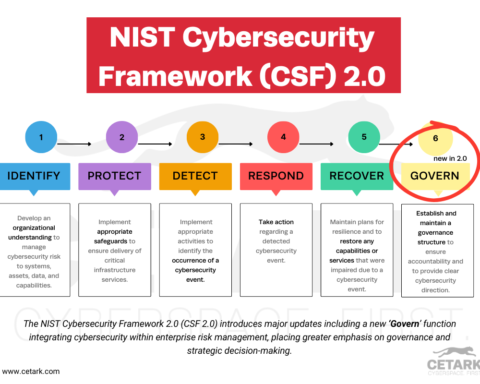The 2024 Space Threat Assessment, published by the Center for Strategic and International Studies (CSIS), highlights a worrying trend: increased counterspace capabilities among nations like China, Russia, and others. These counterspace capabilities include both kinetic (physical destruction) and non-kinetic (cyber and electronic) methods aimed at disrupting or disabling satellite operations, which have significant global implications.
China and Russia’s Advances in Space Weaponry
Both China and Russia have been rapidly advancing their space warfare technologies. They have made strides in developing electronic warfare tools such as jamming systems and directed energy weapons (e.g., lasers or microwaves) that can disrupt enemy satellites. These countries have also launched sophisticated inspector satellites capable of maneuvering near other satellites to either monitor or potentially interfere with their operations. These actions underscore their intent to counter U.S. and allied space systems and assert regional dominance.
Russia, in particular, has been working to regain its former Soviet-era space warfare capabilities. According to the report, Russia has even explored the idea of using nuclear-powered satellites to create electromagnetic pulses, which could disable large portions of a country’s satellite fleet. While details about this program remain scarce, it signals an aggressive posture in space (Source: SpaceNews).
China’s approach appears to be driven by its desire to challenge U.S. military superiority and enhance its own regional influence. They have tested grappler satellites capable of operating in geostationary orbit (GEO), which can potentially interfere with U.S. satellites. It remains unclear whether China intends to use these capabilities offensively or as a strategic deterrent (Source: SpaceNews).
Growing Use of Non-Kinetic Counterspace Threats
The use of non-kinetic threats—such as cyberattacks, jamming, and spoofing—has become more common in recent years. These activities are less visible and can be carried out without causing physical destruction. For example, cyberattacks can target space systems to gather intelligence, disrupt communication, or even control satellites. Jamming and spoofing have also become increasingly widespread, with many regions experiencing interference with global navigation systems like GPS.
One of the report’s key takeaways is that you don’t need to destroy a satellite to render it useless; non-destructive means like jamming, spoofing, and cyberattacks are happening with greater frequency and effectiveness. These actions can affect public safety, civilian activities, and military operations, especially in conflict zones (Source: SpaceNews).
A Global Race for Space Capabilities
Beyond China and Russia, other nations, including India, Iran, North Korea, Japan, and even non-state actors, are enhancing their space capabilities. While not all these advances directly relate to counterspace weapons, they highlight a broader effort to build foundational infrastructure that could support both civilian and military systems.
The report also underscores the role of commercial space services in global conflicts. Technologies like satellite communication and remote sensing have become essential, putting commercial space assets in the geopolitical crosshairs. Incidents such as jamming of satellite signals by state actors illustrate the increasingly complex space environment (Source: SpaceNews).
Implications and the Need for Global Vigilance
The normalization of counterspace activities raises concerns about the future of space security. While no destructive anti-satellite weapon tests have been conducted since 2021, the steady increase in non-kinetic activities indicates that the threat is evolving. These developments emphasize the need for countries to remain vigilant and take proactive steps to secure their space assets.
In summary, the 2024 Space Threat Assessment reveals a concerning trend: the rapid development of counterspace capabilities by nations, primarily China and Russia. Their advancements in both kinetic and non-kinetic methods of disrupting satellite operations present a growing challenge to global security and highlight the need for increased focus on space cybersecurity and defense strategies. The space arms race is not slowing down; instead, it’s becoming more sophisticated and less visible, making international cooperation and vigilance all the more crucial in securing the final frontier (Sources: CSIS, SpaceNews).







